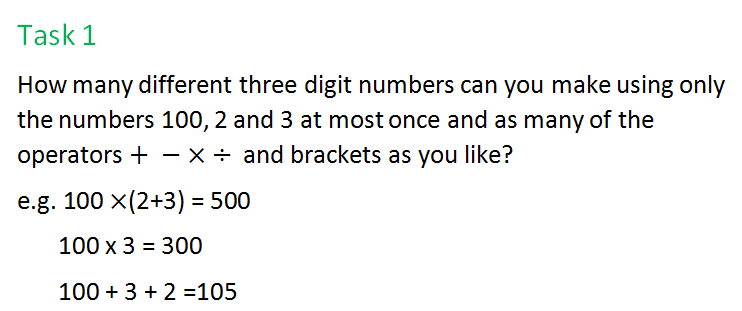
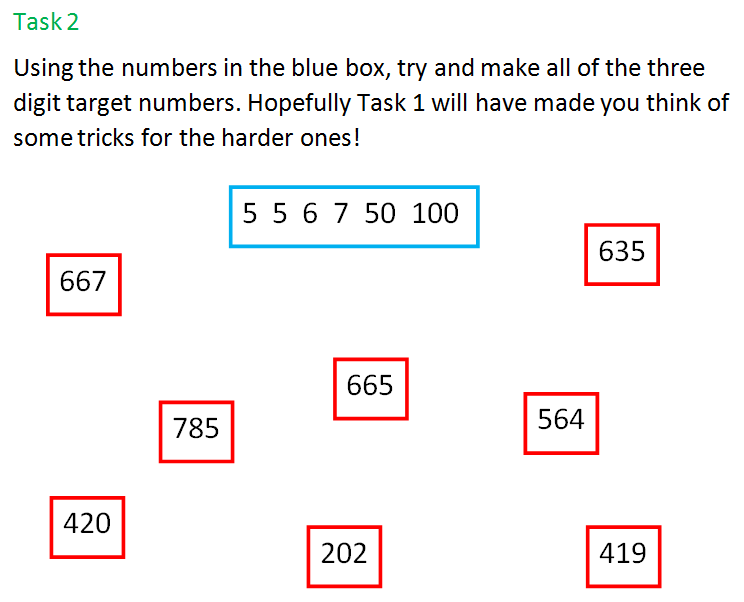
For all the solutions see here
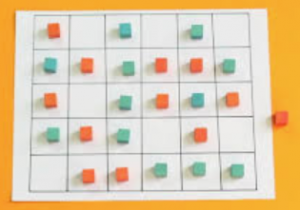
Today we played a great Nigerian game called Dara.
A printable board and the rules can be found here.

The rules of a secret santa are that each person’s name is put in a hat and the names are mixed. Then each person must choose 1 name from the hat. If you choose your own name, you must put it back in the hat.
If 2 people do a secret santa there is only one solution: Person A gives to person B and person B gives to person A.
Stage 1: With 3 people, there are 2 possible ways. Can you think why?
Stage 2: Now how many different ways are there with 4 people?
The final challenge is to find the number of different scenarios with 5 people.
Solutions can be found here.

Did you know genuine snowflakes have six fold symmetry? We learnt this and more using the resources by Matt Parker here.

Today we worked on all our Christmas cracker puzzles.
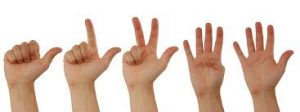
Today we looked at ways to count on our fingers. Up to 10 is obviously straight forward, but can you do better?
We managed 1023. Can you work out how? Can you do better?
This idea came from a great maths book – Things to Make and Do in the Fourth Dimension This website link has lots of gadgets to play with.
It can be proven that there are no integer (whole number) solutions to
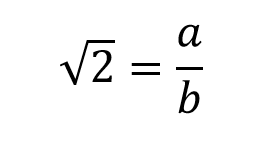
So there are no integer solutions to

But can you find positive integer values of a and b that nearly work? That give the answer 1 or -1?

Can you find a pattern to all your solutions?
What does a/b give a good approximation to?
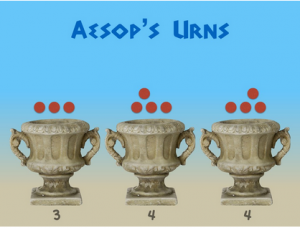
Today we worked on this fun puzzle from Mathpickle.com.
You can work through the website at your own pace, but make sure you don’t read beyond the slide below until you have tried it yourself (Spoiler alert!).
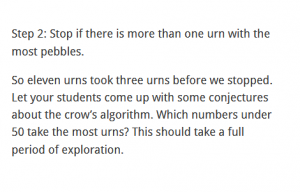
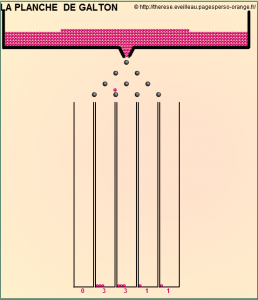
This week we looked at an online simulation of the Galton board (or Bean Machine), which is a device where beads are dropped from a funnel at the top through ranks of nails.
Each time a bead strikes a nail it has a 50% chance to veer left and a 50% chance to veer right.
Each bead eventually drops in one of the column A, B, C, D or E.
1. Do you think the probabilities for a bead to land in A,B,C,D or E are equal ?
2. If not which column has the highest probability ?
3. Can you do a computer simulation of 10,000 beads dropping in a Galton
board using scratch or Python ?